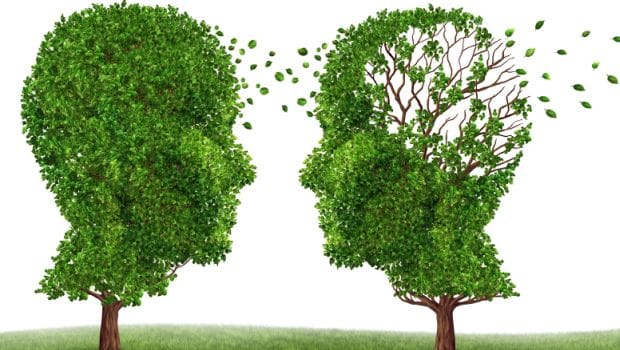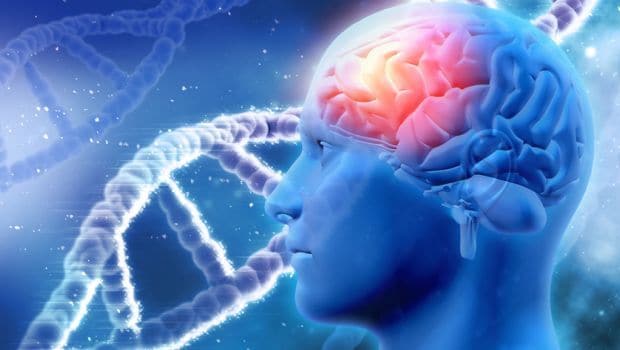Defective Brain Cells Are Spreading Alzheimer’s and Parkinson’s

Brain is the most important organ of the human body yet most of its functioning is still unknown to doctors and scientists. We humans use merely five per cent of the brain’s total functioning throughout our life. The full potential of a human brain’s working has yet not been completely figured out. Neurons are the building blocks of the nervous system which includes the brain and the spinal cord. Neurons normally don’t reproduce or replace themselves, so when they become damaged or die they cannot be replaced by the body which in severe cases may lead to neurodegenerating disease.
Neurodegenerative disease is an umbrella term for a range of conditions which primarily affect the neurons in the human brain for example Alzheimer’s syndrome, Parkinson’s syndrome, etc. Degenerative nerve diseases can be serious or life-threatening. It depends on the type. Most of them have no cure. Treatments may help improve symptoms, relieve pain, and increase mobility. And neurodegenerative diseases may be linked to defective brain cells disposing toxic proteins that make neighboring cells sick, a new study has found.
The findings showed that although healthy neurons should be able to sort out and rid brain cells of toxic proteins and damaged cell structures, they are unable to do so always. “Normally the process of throwing out this trash would be a good thing,” said Monica Driscoll, professor at Rutgers University in New Jersey. “But we think with neurodegenerative diseases like Alzheimer’s and Parkinson’s there might be a mismanagement of this very important process that is supposed to protect neurons but, instead, is doing harm to neighbor cells,” Driscoll added, in the paper published in Nature.

To understand how the mechanism of eliminating toxic cellular substances works externally, the team conducted experiments on the transparent roundworm, known as the C. elegans, which are similar in molecular form, function and genetics to those of humans. The researchers discovered that the worms – which have a lifespan of about three weeks – had an external garbage removal mechanism and were disposing these toxic proteins outside the cell as well. However, the roundworms engineered to produce human disease proteins associated with Huntington’s disease and Alzheimer’s, were found to throw out more trash consisting of these neurodegenerative toxic materials. While neighboring cells degraded some of the material, more distant cells scavenged other portions of the diseased proteins.
“These finding are significant. The work in the little worm may open the door to much needed approaches to addressing neurodegeneration and diseases like Alzheimer’s and Parkinson’s,” Driscoll said.

While neighboring cells degraded some of the material, more distant cells scavenged other portions of the diseased proteins. This shift in approach is promising, and may aid identification of early disease markers, establish a paradigm for other neurodegenerative disorders, shed light on the molecular neurobiology of connectivity disruption and, ultimately, clarify the pathophysiology of neurodegenerative diseases.
[“source-ndtv”]
